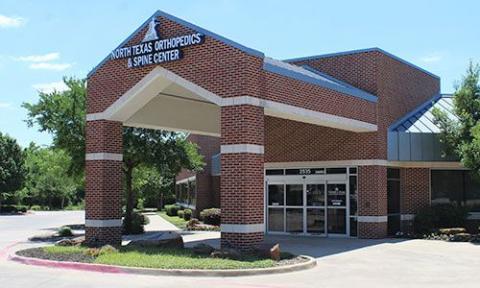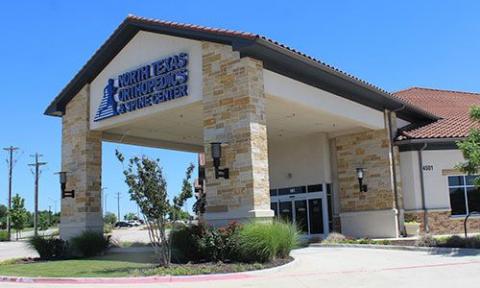A broken wrist is a painful and debilitating injury that can significantly impact your daily life. Among the various types of wrist fractures, the distal radius fracture stands out as the most common. This injury occurs when the radius bone, the larger of the two bones connecting the wrist to the elbow, breaks near the wrist joint. Let’s delve into the details of this prevalent injury, exploring its causes, symptoms, diagnosis, and treatment options.

A distal radius fracture, often simply called a broken wrist, involves a break in the radius bone close to where it meets the wrist joint. The radius is the primary bone that bears the majority of forces at the wrist, making it particularly susceptible to fracture. While the ulna (the other forearm bone) may also be affected, it’s the radius that typically sustains the most damage in a wrist injury.
The most common cause of a distal radius fracture is a fall onto an outstretched hand. This type of injury can happen to anyone, but certain factors increase the risk:
Recognizing the symptoms of a distal radius fracture is crucial for seeking timely medical attention. Common signs include:
When you suspect a broken wrist, it’s essential to seek medical evaluation promptly. A healthcare provider will typically:
Distal radius fractures are classified based on several factors, including:
The treatment for a distal radius fracture depends on the severity and type of fracture. Options may include:
Non-surgical Treatment:
Surgical Treatment:
The choice between surgical and non-surgical treatment depends on factors such as the patient’s age, activity level, and the nature of the fracture.
Recovery from a distal radius fracture can take several weeks to months. The typical timeline includes:
Full recovery can take up to a year, depending on the severity of the fracture and the individual’s healing process.
While not all wrist fractures can be prevented, you can reduce your risk by:
If you experience a fall or injury to your wrist and notice pain, swelling, or deformity, it’s crucial to seek medical attention promptly. Early diagnosis and treatment can significantly improve outcomes and prevent complications.
In conclusion, a distal radius fracture is a serious injury that requires proper medical care. Understanding the nature of this common wrist fracture can help you recognize its symptoms and seek timely treatment. With appropriate care and rehabilitation, most people can recover well from a broken wrist and return to their normal activities. Remember, your wrist health is crucial for daily functions, so take precautions to protect it and maintain overall bone health.
See why our patients love our physicians, quality of care, and amazing results.
*Based on Independent Market Research


North Texas Orthopedics will be closed on December 25 in observance of the holidays. Wishing you a joyful season!